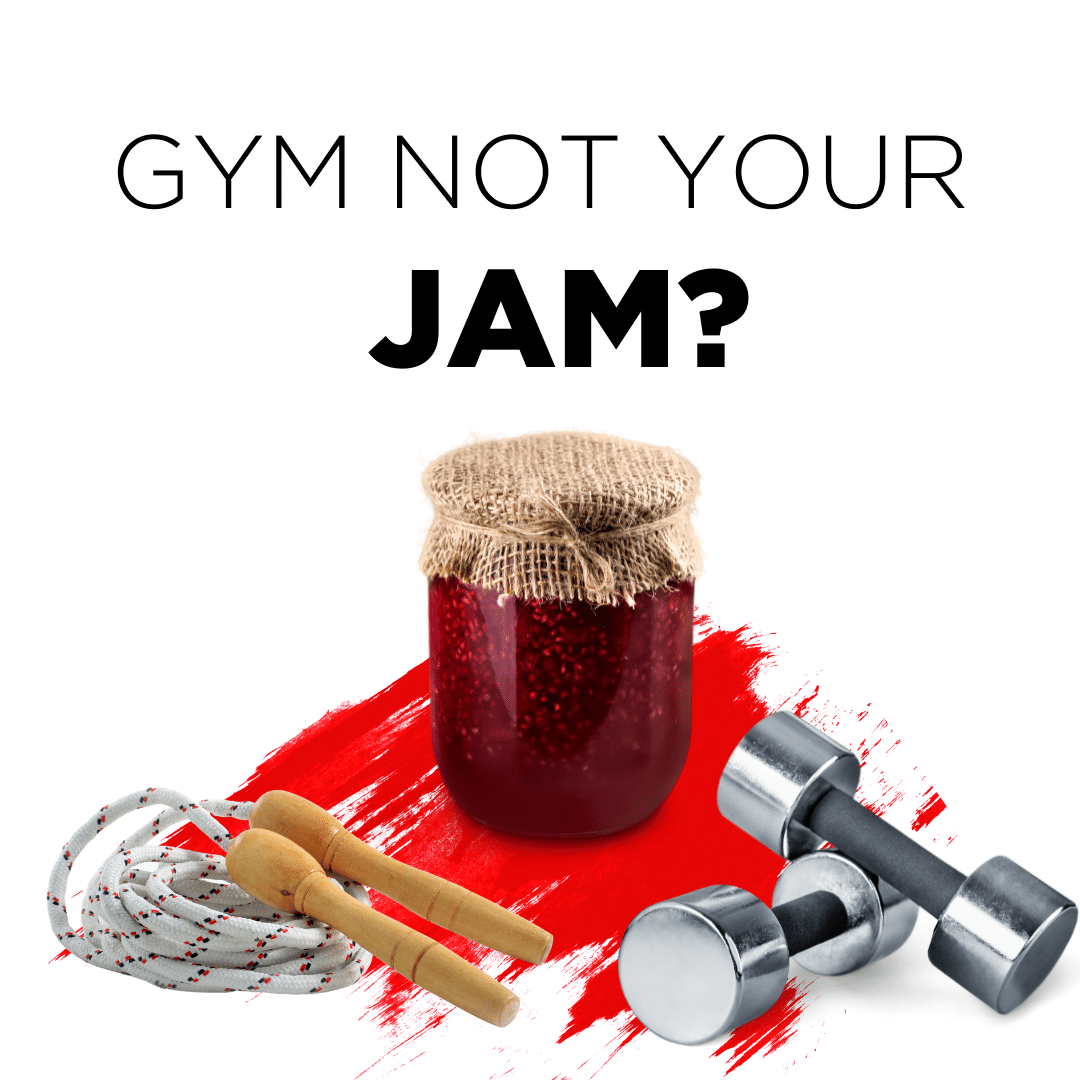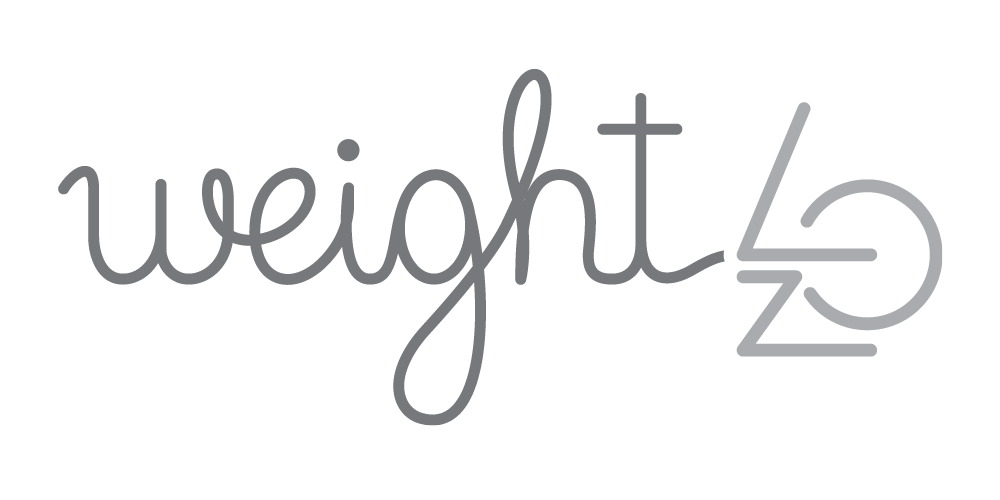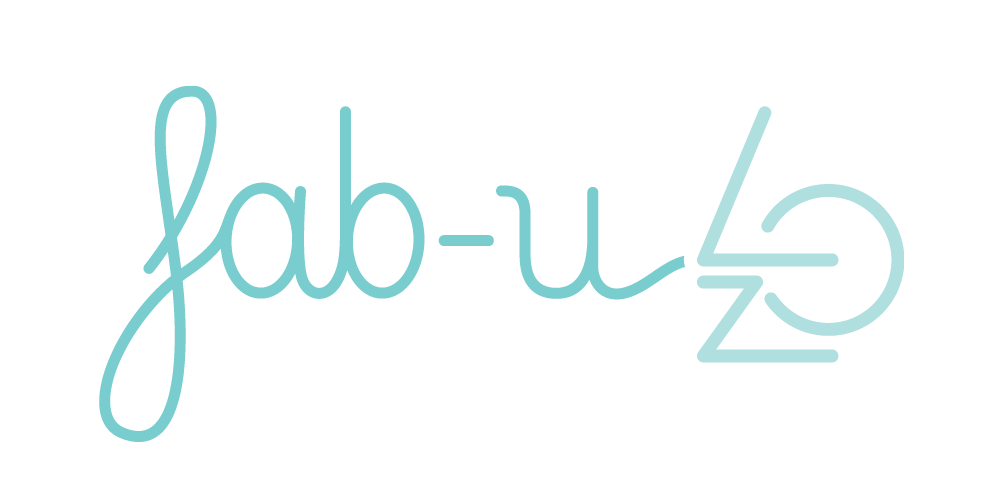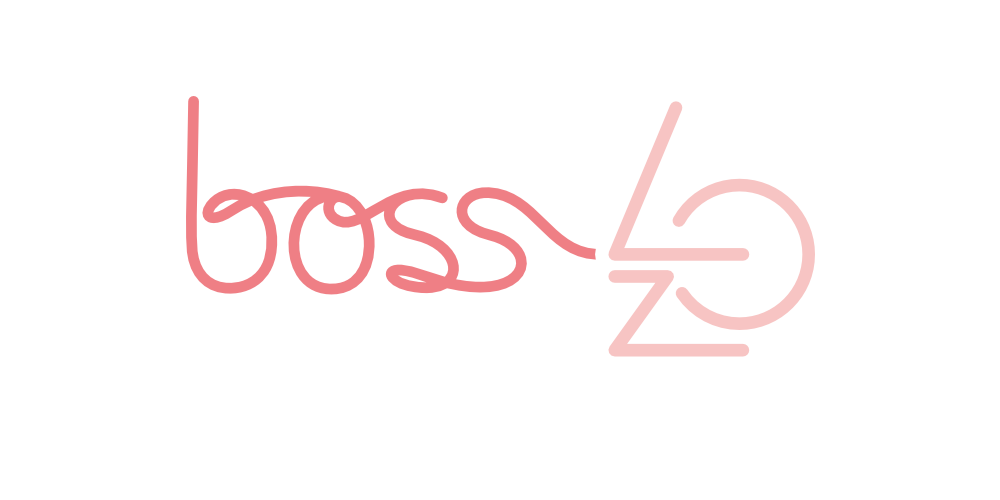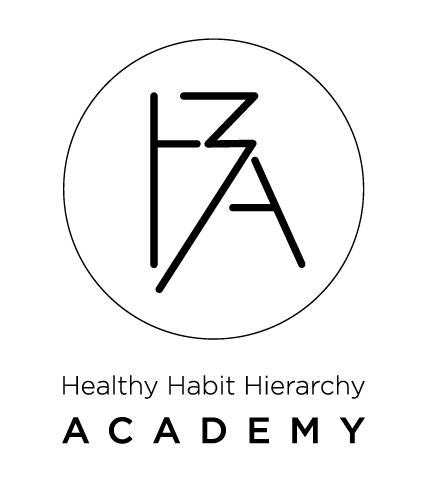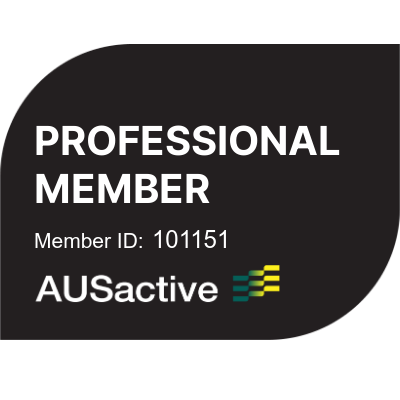If the idea of joining a gym makes you want to groan out loud, then you’ll be happy to know that every bit of movement you do each day, counts! It’s about challenging yourself to move your body so that, later in life, you can still enjoy a mobile, energetic lifestyle.
A lot of people are put off by the thought of going to a gym. It can be expensive; you have to buy gym gear and get expensive shoes, pay a monthly fee…it can seem like a massive commitment. For other people, the idea of going to the gym can feel a little intimidating, particularly if you’re not super fit.
There’s the home gym route which can be very effective if you’re super disciplined about exercise, but if you’re like most people, you’ll quite often find that the expensive home workout equipment you’ve purchased becomes nothing more than a glorified clothes hanger.
Getting momentum and incorporating movement into your life doesn’t mean you have to join a gym or buy expensive fitness equipment. Exercise is an important part of building momentum, and a really big thing we should all be focusing on is our step count.
And while you may not always hit 10,000 steps every day, if you can aim for that step goal, it means that you are getting an adequate amount of movement in your body just as a baseline measure.
There are plenty of devices that can help you to count the steps, everything from the old-fashioned pedometer to smart watches and so on.
As we get older, it becomes even more important to work on all aspects of your fitness and physical exercise. Walking, for example, is a really great way to increase your cardiovascular fitness, and it incorporates some resistance training because it’s weight bearing. Resistance training is especially important for your bone health and muscle density. Muscle density is one of the biggest indicators of how well you’re going to age.
Measuring your muscles
If you want to understand more about your muscle density, most gyms offer a service where they can scan your body to get a good look at your muscles, or, if you want an even more comprehensive scan, you can go to a radiology clinic to get it done.
The scans look at the body’s composition and breaks it down into things like your skeleton weight, your fat, overall weight, your muscle weight, the amount of water you have, and, in some cases, can look at your mineral density and bone density to a degree.
Walking is good but on its own, it’s not enough to help you build that muscle and bone density you need for an active life in the future. Adding resistance bands to your daily walk can be a great way to build your resistance and give your body a great workout at home.
If you’re an older person, and you’re worried about like injuring yourself with weight resistance bands, chat to your physiotherapist and get their recommendation on what resistance bands would be best for you.
WOW Mobility sells sets of resistance bands in three different sizes that you can use on all different parts of your body.
How do I use resistance bands?
What I love about resistance bands is they’re incredibly portable, so there’s no excuse not to be doing some sort of resistance training, and it’s a really good way to start getting movement into your life.
There are several types of resistance bands in different lengths which are colour coded to indicate their strengths and intensities. I’d always recommend buying the better-quality ones since the cheaper ones tend to break pretty quickly.
There’s a whole stack of things you can do with resistance bands, plus you can do a lot of the exercises either standing up, lying down or seated, which means it’s great for any age or fitness level!
For a great upper body workout:
Use your longest resistance band for these.
Bicep curls: In a standing position, put the band underneath your foot and grab it on each side, then do bicep curls, alternating arms with each curl.
Side raises: hold the band in your right hand and anchor it under your right foot. You can then take the band out to your side by lifting it up from the ground towards the ceiling to about shoulder height, which works your shoulder (your medial deltoid). Switch sides.
Do the same exercise but this time reach up to in front of your face to work the front of your shoulder.
Shoulder presses: lie on the floor, loop the band around underneath your back as an anchor and push out towards the ceiling.
An awesome lower body workout:
Use your smallest resistance band – usually around 30 centimetres long in a circular shape.
Booty exercises: Place the band above your knees, lie on your back with your feet on the floor and your knees bent, making sure your feet are hip width apart, put your hands by your side and then open and close your knees. This one works your Gluteus Medius muscles.
Lie on the floor and lift your bum up and down off the floor. working a little bit deeper to your glute muscles.
Ab crunch: attach the band to a heavy immovable item connected to the floor, grab each end of the band and lie on your back with your head aligned to the anchor point. Bend your knees and keep your feet flat on the floor. The raise your hands above your face. Tighten your abdominal muscles and lift your upper body, shoulders and head.

